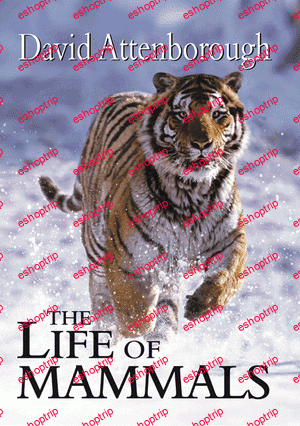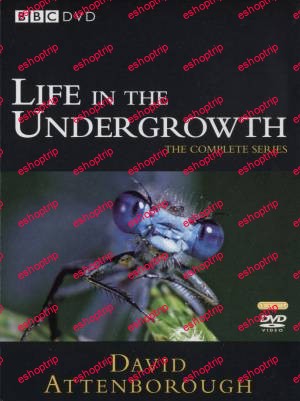BBC The Life Of Mammals
6.83 GB
Sir David Attenborough and the BBC have a well-earned reputation for producing some of the greatest nature programmes, but The Life of Mammals could well be Sir Attenborough’s magnum opus. Much of the footage shot for this series had never been seen before, and is presented with the respect and reverence for the natural world that Sir Attenborough has made his trademark. It never ceases to surprise: the sight of a lion taking down a wildebeest on the African savannah has almost become a clich� of nature programmes, yet in The Life of Mammals the cameras keep rolling and the viewer witnesses the fallen animal’s herd coming to its rescue and driving off the lion. It’s a moving sight and just one of many remarkable scenes.
A thorough and entertaining overview of one of evolution’s greatest success stories, the series is loosely structured to follow the development of mammals, beginning with the basics in “A Winning Design”, which clarifies what makes a mammal different from reptiles and birds–no, it isn’t egg-laying: both the platypus and the echidna are egg-laying mammals; it’s their ability to adapt. And it’s this adaptability that becomes the crux of the remainder of the series. “Insect Hunters” focuses on mammals who have specifically adapted to eating insects, from the giant anteater and the armoured armadillo to bats, which have evolved into complex and effective hunters. “Plant Predators” demonstrates the particular (and often peculiar) adaptations of herbivores, while “Chisellers” is about those mammals who feed primarily on roots and seeds, ranging from tree-dwelling squirrels to opportunistic mice and rats. “Meat Eaters” talks about the evolutionary arms race that exists between predators and prey, and the unique adaptations of both individual and pack hunters. Omnivores are explored in “Opportunists”–mammals like bears and raccoons, whose varied diet allows them to occupy nearly any environment. “Return to the Water” discusses those mammals such as whales, seals and dolphins that have left behind life on dry land and adapted completely to life in the sea, existing at the top of the food chain. The last three episodes–“Life in the Trees”, “Social Climbers” and “Food for Thought”–take the viewer through the development of primates, eventually culminating in that most successful mammal: man
A Winning Design
From the tiniest bat to the massive blue whale, all mammals share the ability to nurture their young on milk and regulate their own temperatures.
Insect Hunters
Mammals from tiny shrews to giant anteaters have specialised in eating insects. Some have even pursued their prey into the skies.
Plant Predators
The plant eaters take on the largely indigestible, spiny and poisonous defences of plants with some spectacular physical adaptations to diet.
Chisellers
Special tools like chisel sharp front teeth and underground dwelling enable this group of mammals to feast on roots and seeds.
Meat Eaters
Predators and prey must evolve speed, endurance and manoeuvrability to outwit each other, and the pack hunters must maintain order in the ranks.
The Opportunists
A mammal capable of having a varied diet can be highly adaptable and exploit new environments including the cities where they thrive.
Return to the Water
With perfect streamlined bodies and great underwater speed, seals, dolphins, porpoises and whales became the new hunters of the sea.
Life in the Trees
A range of adaptations from sucker-feet to gripping tails help the tree dwellers to survive, and in the dark forest super senses come in to play.
The Social Climbers
In the daily hubbub of monkey life, only those with a talent for social wheeler dealing get ahead, driving the shift towards larger brains.
Food for Thought
The natural world was transformed when one great ape began to walk upright – us. But why has this led to the development of our extraordinary brains?










